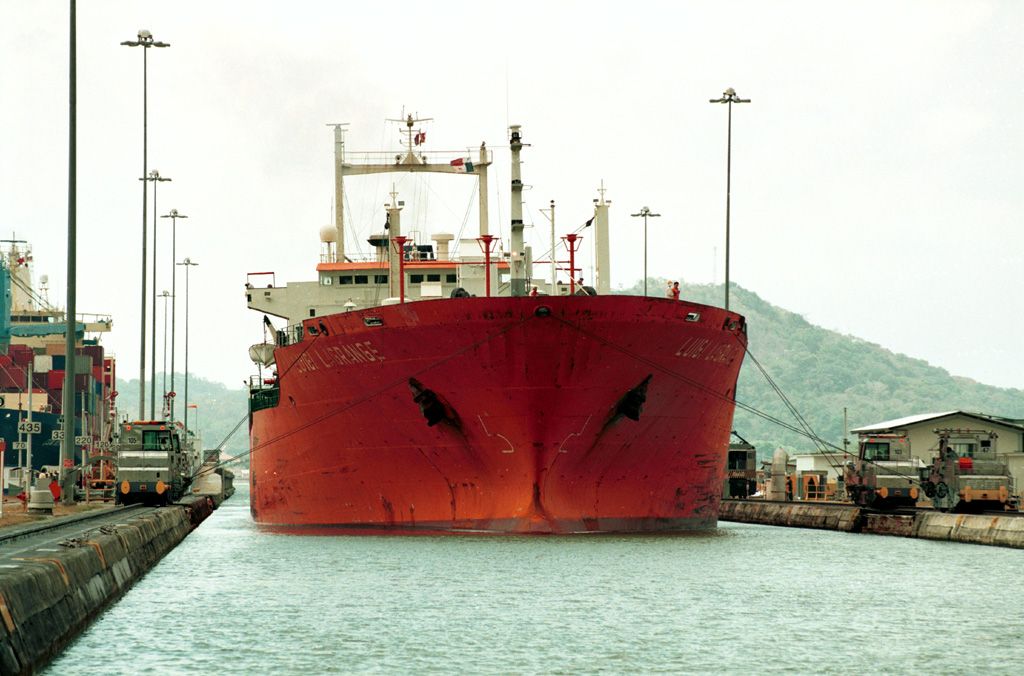Panama‘s ports and the Panama Canal have shown a growing trend in their operations through 2022, according to information from the Panamanian government.
On the one hand, in 2022, the Manzanillo International Terminal (MIT) handled approximately 2.7 million TEUs of cargo and containers, compared to approximately 2.8 million TEUs in 2021.
In 2022, the Colon Container Terminal handled approximately 1.4 million TEUs of cargo and containers, while in the previous year the volume was 1.1 million TEUs.
Ports and the Panama Canal: trend
Panama’s estimated GDP growth for 2022 was 10.8%, a decline from the 15.8% growth seen in 2021. This growth was largely due to the ongoing recovery of economic activities after the control of the COVID-19 pandemic, which allowed the full reopening of the economy.
Inflation remained relatively low, standing at 2.9% in 2022 compared to 2021.
Ports and the Panama Canal
In 2022, the Port of Balboa container terminal managed around 2.2 million TEUs of cargo, slightly lower than the 2.3 million TEUs handled in 2021. Similarly, the Port of Cristobal processed about 913,911 TEUs in 2022, a slight decrease from 1.0 million TEUs the previous year.
For the Panama Canal, transits rose to 14,239 during the fiscal year 2022, which ended on September 30, compared to 13,342 in fiscal year 2021. Meanwhile, cargo tonnage increased from 287.5 million long tons in 2021 to 291.8 million long tons in 2022.
Toll revenues also grew. According to the Panama Canal Authority (ACP), tolls reached $3,027.9 million in FY2022, marking a 2.0% year-on-year increase. Notably, these revenues represented 4.0% of Panama’s nominal GDP for 2022.
Financial information
The Panama Canal plays an important role in the Panamanian economy.
On average, from FY2018 to FY2022, Canal transits increased 1.1% y/y and cargo tonnage increased 4.0% y/y.
Factors such as the development of alternative land routes and the increase in the size of vessels that can transit the Canal have contributed to the decrease between 2018 and 2022 in the number of vessels required to transport cargo.
On average, from FY2018 through FY2022, toll revenues increased 6.3% annually, primarily due to an increase in toll rates.
The following table shows the Canal’s statistical and financial information for fiscal years 2018 through 2022 (each ended September 30):


